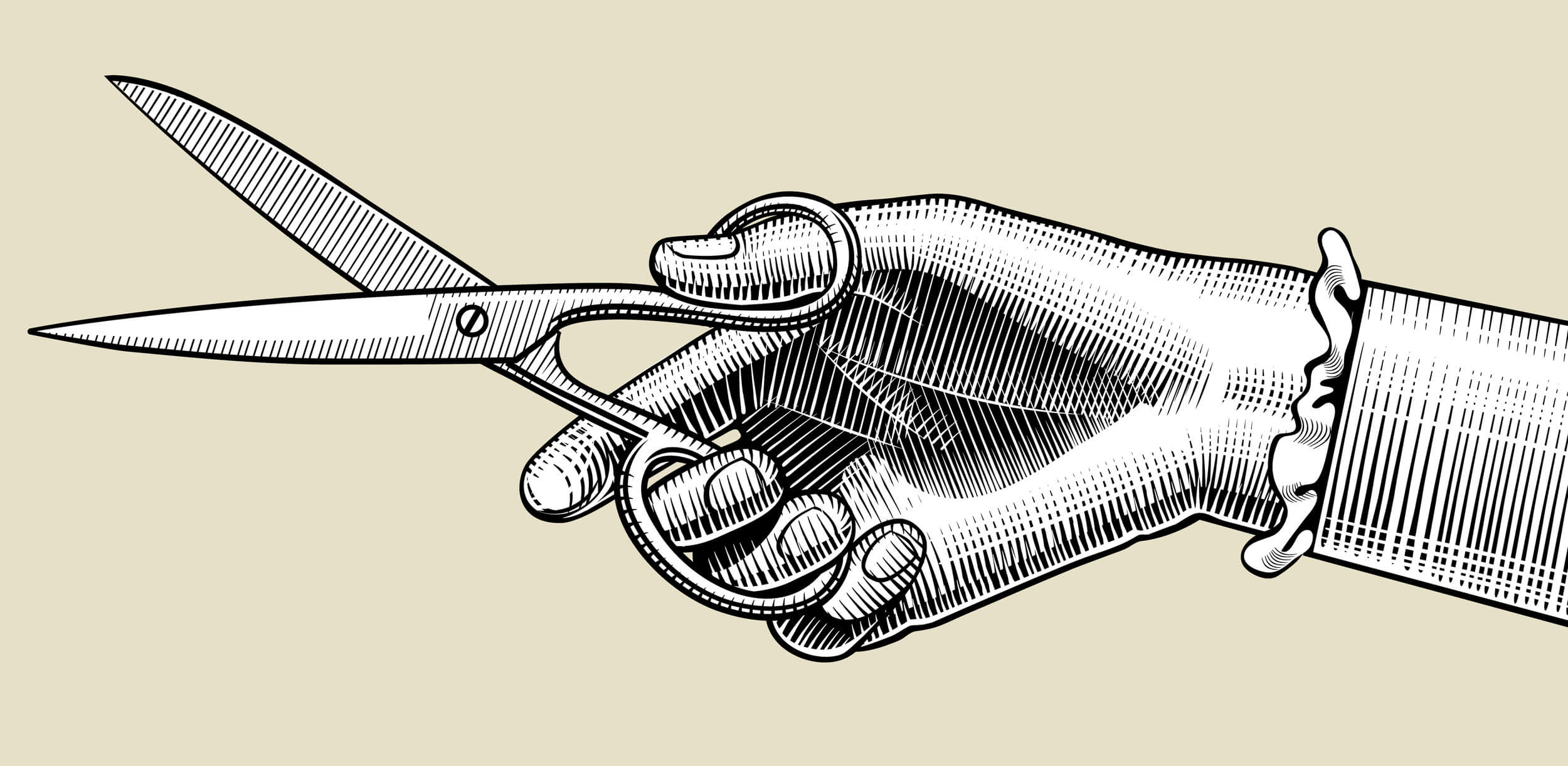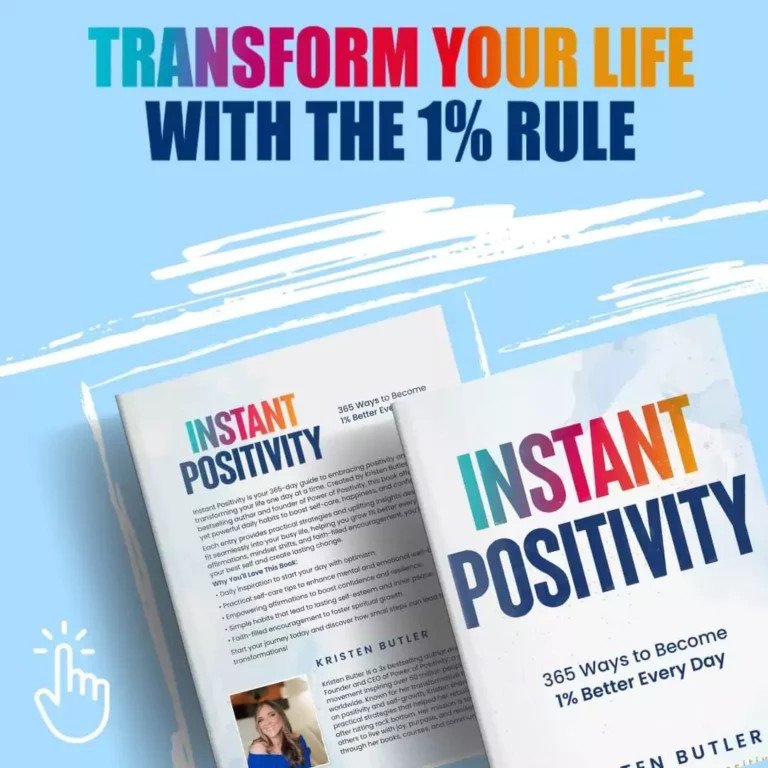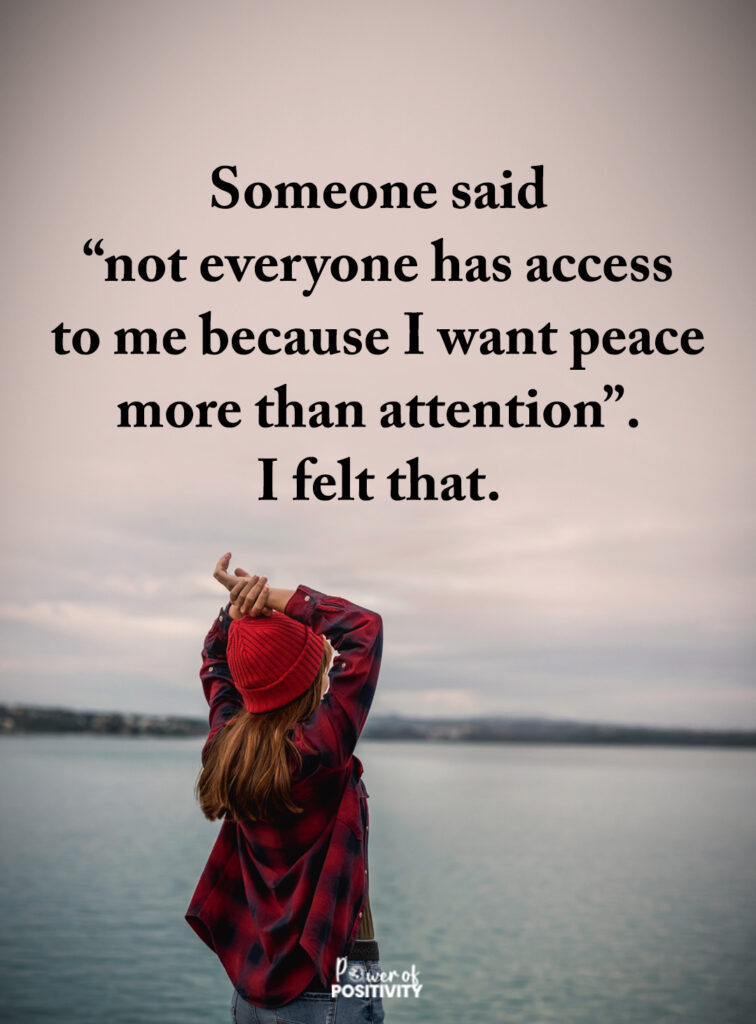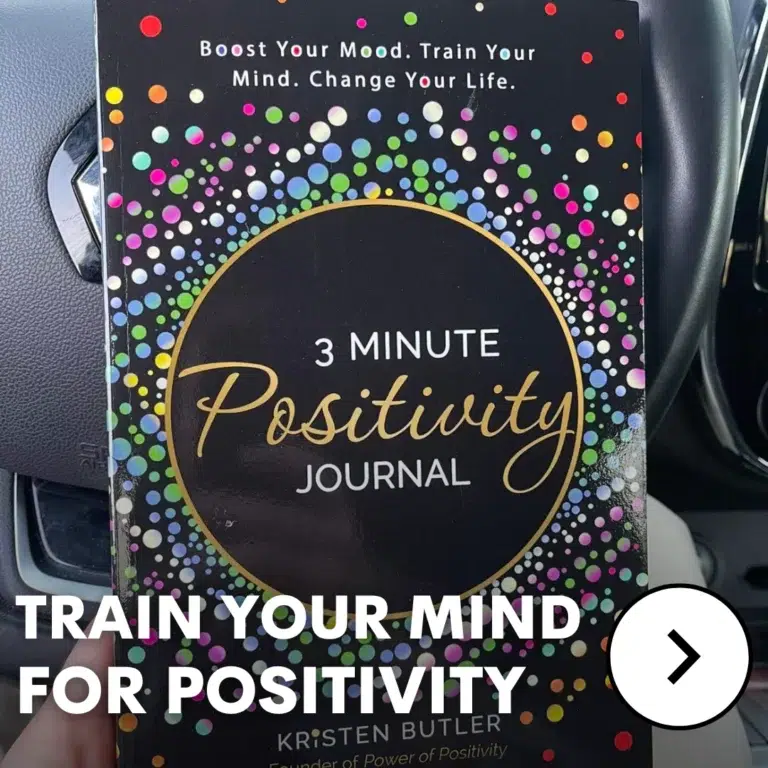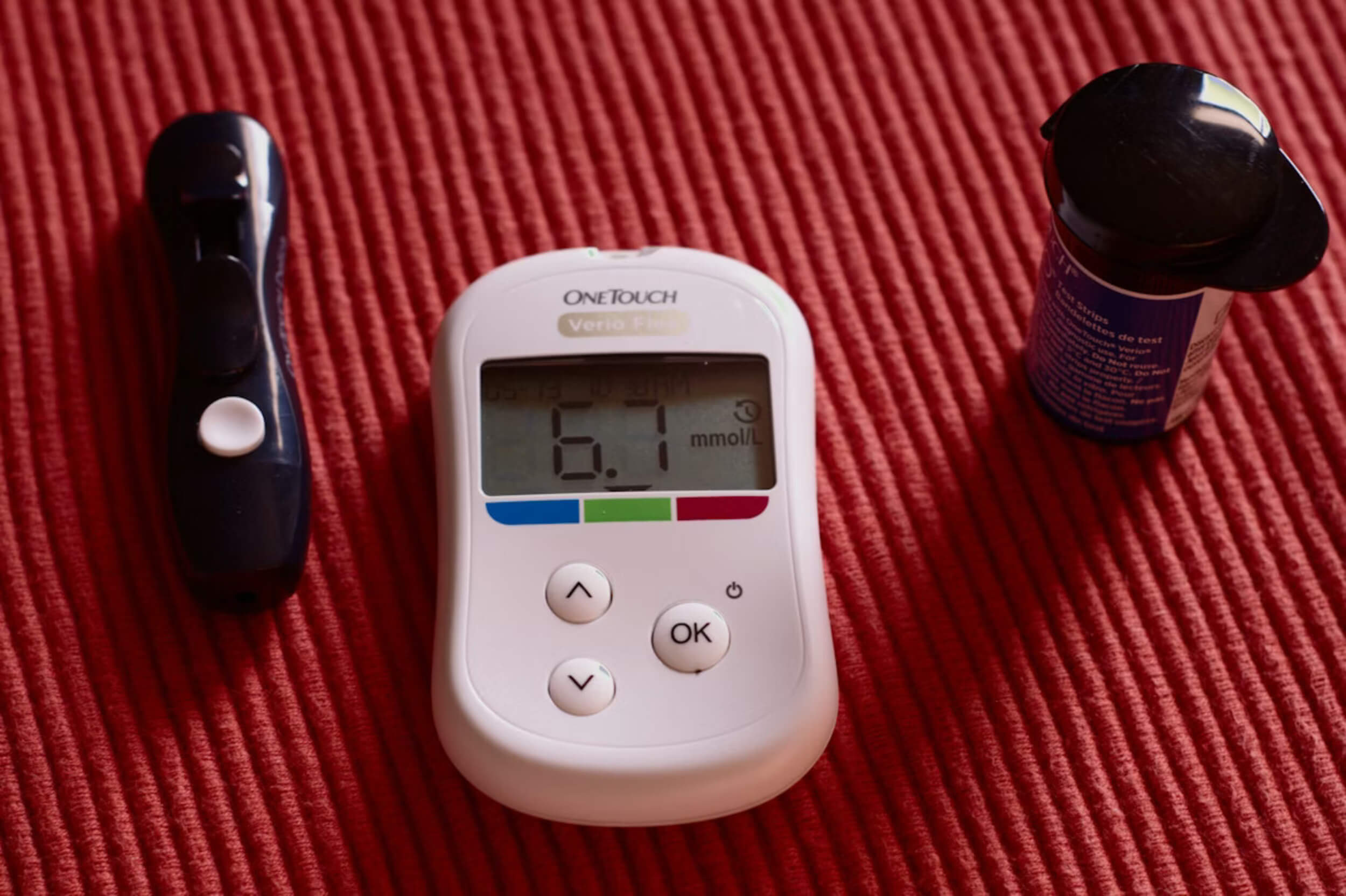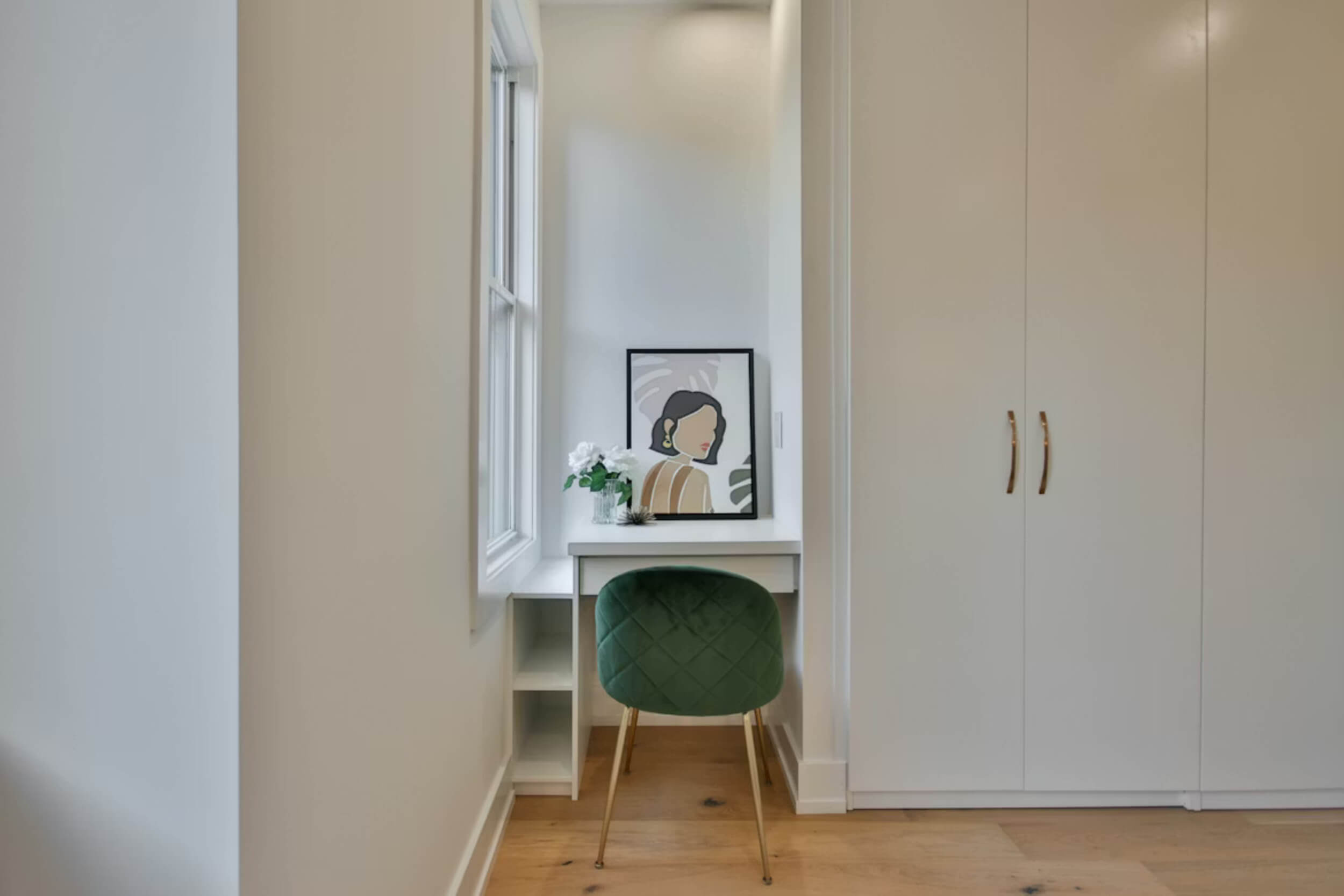Some people try budgeting and feel like they’re instantly doing something wrong. The rules are too tight, the numbers don’t add up, and before long, the whole thing feels more like a punishment than a plan. Traditional budgeting often makes you feel boxed in—counting every dollar and second-guessing every choice. But what if managing money didn’t have to feel that way?
Budgeting That Feels Free isn’t about cutting out joy or tracking every little expense. It’s about giving yourself space to spend wisely without guilt. This article offers a better way—one that’s flexible, stress-free, and built around what actually matters to you. You don’t need strict rules to feel secure. You just need a system that makes room for real life.
Why Budgeting Often Feels Like Punishment
There’s a reason budgeting leaves so many people feeling defeated. It’s not just about numbers—it’s about pressure. Many budgeting methods are built on guilt: don’t spend too much, don’t mess up, don’t fall behind. But life isn’t that neat.
Most budgets ignore how people actually live. They don’t make room for:
- Fluctuating paychecks
- Sudden bills or emergencies
- Emotional needs like rest, fun, or comfort
Instead of supporting you, they end up making you feel like you’ve failed for buying coffee or taking a break. Systems like these were designed for people with steady incomes and predictable lives—not for real, messy, changing ones. That’s why Budgeting That Feels Free matters. It meets you where you are, not where someone else thinks you should be.
What Does ‘Budgeting with Freedom’ Really Mean?
Letting go of strict rules doesn’t mean giving up control. It means choosing how you use money based on what works for you, not someone else’s chart.
Budgeting That Feels Free is about:
- Making thoughtful choices, not following strict plans
- Leaving space for joy, comfort, and surprise
- Letting your values—not fear—guide your spending
This kind of budgeting doesn’t expect perfection. It gives you tools to adjust when life shifts, instead of punishing you for falling off track. Financial success isn’t about sticking to rigid numbers—it’s about creating habits that match your life, your goals, and your peace of mind. You don’t need discipline to win with money. You need a system that makes sense for how you live.
Before You Begin: Know What You Value
Money means different things to different people. Before setting any plan, ask yourself what really matters to you—not what others say should matter.
Here are a few common values that shape spending habits:
- Security: Feeling safe with your needs covered
- Creativity: Having time and tools to make things
- Family time: Being present and supportive
- Spontaneity: Saying yes to things that bring joy
When you understand your real priorities, it becomes easier to spend in ways that feel right. Budgeting works best when it supports your life—not when it tries to shape it into something else.
A Fresh Way to Think About Money Management
Let go of budgeting rules that don’t fit. Instead, build a money system around habits that bring ease and control.
These aren’t about cutting things out—they’re about:
- Giving yourself permission
- Managing with less stress
- Focusing on what matters
7 Freedom-Based Strategies That Replace Traditional Budgeting
Forget strict rules and money shame. These simple habits give you structure without the stress—and they’re what make Budgeting That Feels Free actually work.
1. Make a Simple Money Map Instead of a Budget
Think of this as a snapshot of your money—not a daily log. A money map shows you what’s coming in, what’s going out, what you care about most, and how much is left to use freely. You don’t need to track every dollar—just get a clear view of your overall flow. This big-picture look helps you make better choices without feeling boxed in. Write it down, draw it out, or use an app. The format doesn’t matter—what matters is seeing your money as a whole, not as a list of restrictions.
2. Create a ‘Yes’ Fund for Guilt-Free Spending
There’s a big difference between spending carelessly and spending without guilt. A Yes Fund is the money that’s left over after you’ve handled bills and savings. It’s your space to say yes—to the coffee, the concert, or the last-minute trip. It’s not “extra” money—it’s a built-in part of your plan. This kind of spending helps you feel free, not reckless. When your core needs are covered, the Yes Fund gives you permission to enjoy your money without second-guessing yourself.
3. Automate What You Can, Then Forget About It
Manually paying every bill or transfer can get overwhelming fast. Automation takes the pressure off. You can set up auto-pay for your rent or utilities, schedule transfers to savings, or split your paycheck between accounts. If automation isn’t possible, even setting calendar reminders helps. Use tools like your bank app or a simple list in your phone. The point is to stop holding everything in your head. A few smart systems now can free your mind later—and help you stick to Budgeting That Feels Free.
4. Use a Short-Term Spending Diary to Build Awareness
You don’t need to track expenses forever. Just try it for a week. Write down what you spent, what you bought, and how it made you feel. Did it bring joy? Was it worth it? This isn’t about judging yourself—it’s about noticing patterns. Maybe you spend more when you’re stressed. Maybe that daily snack actually improves your mood. These little notes give you insight you’d never get from numbers alone. Awareness—not control—is the goal here.
5. Pay Yourself First and Let the Rest Flow
Saving becomes easier when it’s the first thing you do—not the last. Paying yourself first means putting money toward your goals right after you get paid. That could be a percentage into savings or a fixed amount for your comfort fund. Once that’s done, you don’t need to stress over every other dollar. Your future is already being taken care of. This one shift can change everything. And when it’s automated, it makes Budgeting That Feels Free even simpler to stick with.
6. Focus on What’s Coming In, Not Just What’s Going Out
Trying to cut costs without enough income is like patching holes in a sinking boat. Sometimes, the answer isn’t saving more—it’s earning more. Look at ways to increase what’s coming in: ask for a raise, take on small freelance work, or sell things you don’t use. More income gives you more choices—and more room to breathe. Budgeting isn’t only about trimming—it’s about expanding what’s possible. Growing your money gives you the space to build a life that fits you.
7. Keep It Flexible: Treat Money Like an Ongoing Experiment
No money plan works perfectly all the time. Your needs change. Your income might shift. That’s normal. Instead of sticking to a strict system, treat your money habits like something you can try, tweak, and improve. What worked last month might not work today—and that’s okay. Revisit your plan every few months and make small changes if something feels off. Flexibility is the key to Budgeting That Feels Free. It’s not failure to adjust—it’s what keeps the system working for real life.
How to Let Go of the ‘Wants vs. Needs’ Trap
Trying to separate every expense into a “want” or a “need” quickly turns into a guessing game. Is therapy a want or a need? What about buying organic food? A birthday gift for your partner? These choices depend on your values—not someone else’s checklist.
Labeling expenses this way often leads to guilt, even when you’re spending on things that support your well-being. Budgeting That Feels Free means trusting yourself to decide what matters most to you.
Instead of breaking your money down into rigid boxes, ask questions like:
- Does this bring comfort, ease, or support to my life?
- Is this helping me feel more stable or secure?
- Am I spending in a way that matches my values?
Money choices aren’t black and white. They’re shaped by:
- Your health
- Your daily life and responsibilities
- Your short- and long-term goals
- Your need for comfort or joy
The point isn’t to judge your spending—it’s to feel good about how your money supports the life you care about. That’s where financial peace really starts.
Design Your Own Comfort Fund
An emergency fund can feel like a big task, especially when common advice says you need to save thousands right away. But there’s a much easier, more personal way to start.
A comfort fund is a smaller, more flexible version that helps you feel safe. Choose a number that works for you:
- $200 to cover a sudden bill
- One month of rent or basic expenses
- Any amount that gives you breathing room
The number isn’t the goal. The feeling is.
This small stash gives you the power to:
- Take a break when you’re burnt out
- Cover a surprise car repair or doctor’s visit
- Leave a job or situation that’s hurting your health
Final Thoughts: Money Should Support Your Life, Not Control It
Following a budget doesn’t mean you’re “good” with money—and skipping one doesn’t mean you’re failing. You don’t need to follow every rule to build a life that feels secure.
The real goal is peace of mind, not perfect tracking.
Budgeting That Feels Free isn’t about doing everything right—it’s about doing what feels right for you. Try one small shift from the list above. See how it fits. Adjust if needed. Then try another.
Your relationship with money should feel like support, not stress. There’s no prize for being the most disciplined—but there’s plenty of power in building a system that lets you breathe.



